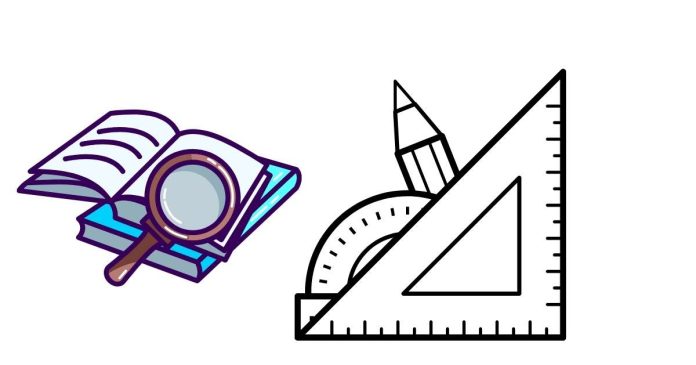Lines in Geometry: Definition, Types, and Examples
Definition:
In geometry, a line is a straight, one-dimensional figure that extends infinitely in both directions. It has no thickness, width, or curvature. A line is often described using two points, but it can be extended indefinitely beyond those points.
Types of Lines:
- Straight Line:
- A straight line is the shortest path between two points. It extends infinitely in both directions.
- Example: The line passing through points A and B is represented as AB↔\overleftrightarrow{AB}.
- Line Segment:
- A line segment is a part of a line that has two endpoints. Unlike a line, it does not extend infinitely.
- Example: The line segment joining points A and B is denoted as AB‾\overline{AB}.
- Ray:
- A ray starts at a point (called the origin) and extends infinitely in one direction.
- Example: The ray starting from point A and passing through point B is represented as AB→\overrightarrow{AB}.
- Parallel Lines:
- Parallel lines are lines that are in the same plane and never meet, no matter how far they are extended. They have the same slope.
- Example: Lines ll and mm are parallel if they are equidistant at all points and never intersect.
- Perpendicular Lines:
- Perpendicular lines are lines that intersect at a right angle (90 degrees). The slope of one line is the negative reciprocal of the slope of the other.
- Example: If line ll intersects line mm at a right angle, they are perpendicular to each other.
- Intersecting Lines:
- Intersecting lines are two lines that meet at a single point. The point where they meet is called the point of intersection.
- Example: Lines ll and mm intersect at point PP.
- Skew Lines:
- Skew lines are lines that do not intersect and are not parallel. They exist in different planes.
- Example: Two lines in 3D space that do not meet and are not parallel are called skew lines.
- Transversal Line:
- A transversal is a line that intersects two or more other lines at distinct points. Transversals often create angles like alternate interior angles, corresponding angles, etc.
- Example: If line tt intersects parallel lines ll and mm, then tt is a transversal to ll and mm.
Examples:
- Straight Line: The equation of a straight line in the Cartesian plane can be written as y=mx+cy = mx + c, where mm is the slope and cc is the y-intercept.
- Line Segment: A segment joining points A(2,3)A(2, 3) and B(4,7)B(4, 7) on a graph.
- Ray: The ray starting at point A(1,2)A(1, 2) and passing through point B(3,4)B(3, 4).
In summary, lines in geometry come in various forms and have different properties, which are fundamental to understanding geometric shapes, angles, and their relationships.


